Pulsonix Price Guide: Understanding Costs & Value in PCB Design Software
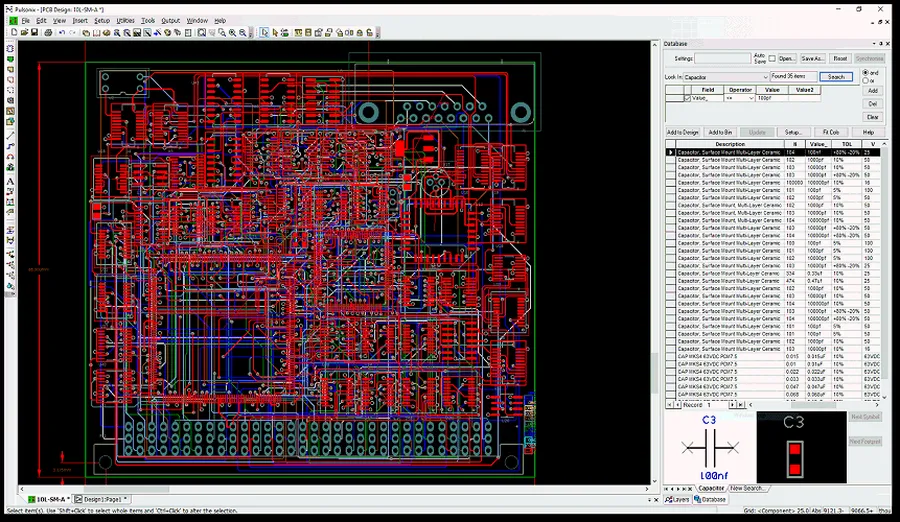
In today's world, where circuit boards are the unsung heroes of technology, selecting the right PCB design software is crucial. Pulsonix is known for its comprehensive toolset, but the question on everyone's mind is, "What's the Pulsonix price?" This article will provide a clear guide to understanding the pricing structure of Pulsonix, examining its cost factors and comparing its value proposition to other solutions. Let's delve into the world of Pulsonix and see if it aligns with your budget and design requirements.
Understanding Pulsonix Licensing Models

Pulsonix employs a tiered licensing strategy, primarily offering node-locked licenses that cater to varying design complexities and user needs. These licenses, which range in price from approximately $1,395 to $4,950, are fundamentally determined by the included features and pin-count limitations. Understanding these nuances is crucial for cost-effective adoption of Pulsonix.
- Node-Locked Licenses
These licenses are tied to a specific machine. A single license allows one user to access Pulsonix on a single computer. This is ideal for individual users or small teams where each designer has their own dedicated workstation. - Feature-Based Licensing
The total cost is impacted by the specific feature modules included. Standard licenses offer essential functionalities, while advanced features such as high-speed design and signal integrity analysis will incur a higher price. This allows users to customize their software investment based on required design complexity. - Pin Limitation Licensing
The pin limit associated with the license directly influences the total cost. Licenses are available for varying pin counts. This structure ensures scalability, and allows users to pay only for the capacity needed. Upgrading to a license with a higher pin count is necessary when projects exceed the current limit.
| License Type | Typical Price Range | Key Characteristics | Ideal Use Case |
|---|---|---|---|
| Basic Node-Locked | $1,395 - $2,500 | Core PCB design capabilities, lower pin limits | Individual designers, simple projects |
| Standard Node-Locked | $2,500 - $3,500 | Expanded feature set, moderate pin limits | Small to medium design teams |
| Advanced Node-Locked | $3,500 - $4,950 | Full feature set, high pin count limits, advanced analysis tools | Large enterprise design teams, complex projects |
Pulsonix Initial Purchase Costs vs. Ongoing Expenses
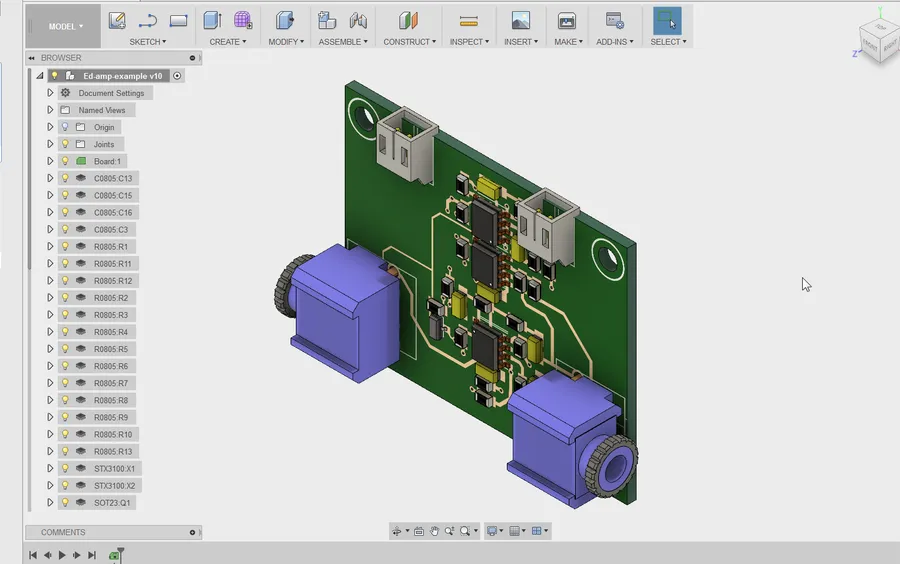
The financial commitment for Pulsonix extends beyond the initial software license acquisition. Understanding the recurring costs associated with subscriptions and maintenance is crucial for effective long-term budgeting and resource planning.
| Cost Category | Description | Typical Percentage of Initial License Cost |
|---|---|---|
| Initial License Purchase | One-time cost to acquire the software license, varying based on features and pin limitations. | 100% |
| Annual Subscription | Recurring fee to access software updates, support, and continued use of the license. | Approximately 20% |
| Maintenance Fees | Additional costs that may cover advanced support, training, or access to specific features. | Variable, may be included in the subscription |
It is important to note that the annual subscription and maintenance fees can fluctuate depending on the specific license agreement and any additional services bundled with it. Understanding these costs is paramount for a complete financial outlook when adopting Pulsonix for PCB design.
Factors Influencing Pulsonix Pricing
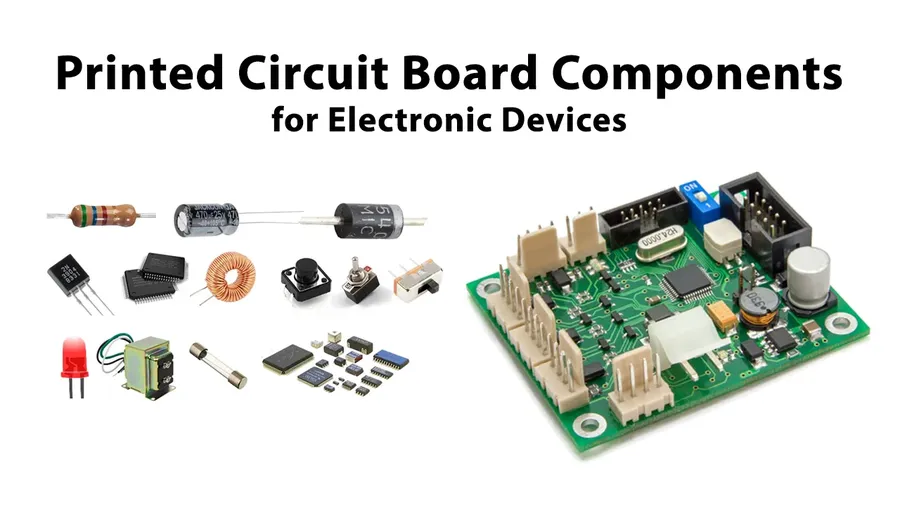
The cost of Pulsonix PCB design software is not fixed and can fluctuate significantly based on a variety of factors. These include the complexity of the design, indicated by pin count, the breadth of features required (additional modules), and specific specialized needs. A thorough understanding of these elements is crucial for accurate budgeting and choosing the right software configuration.
| Factor | Description | Impact on Price |
|---|---|---|
| Pin Count | The maximum number of pins supported in the design. | Higher pin counts typically incur greater license costs due to increased design complexity. |
| Additional Modules | Specialized add-ons that extend the software's capabilities, such as advanced routing or signal integrity analysis. | Each additional module increases the overall license price due to enhanced functionality. |
| Specialized Features | Niche functionalities catering to specific design requirements or industries. | Specialized features command a higher price, reflecting their advanced development and specific application. |
| License Type | Node-locked licenses versus floating licenses | Floating licenses generally cost more than node-locked, but offer greater flexibility. |
Understanding these factors enables users to make informed decisions that align with their design needs and budget constraints. By carefully evaluating the required pin count, necessary modules, and specific features, users can optimize their Pulsonix investment and avoid unnecessary expenses. This detailed breakdown of price influencing components can provide significant cost savings when compared to purchasing the most feature-rich package.
Pulsonix Pricing Compared to Competitors
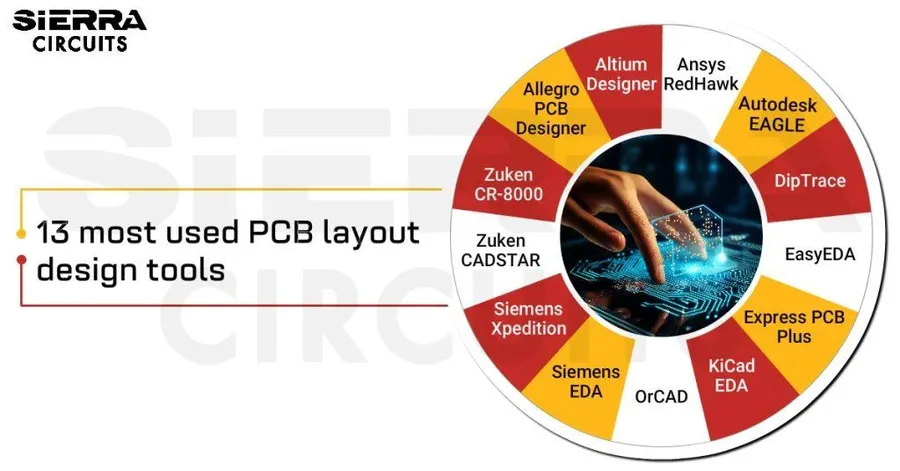
Understanding how Pulsonix's pricing compares to its competitors is crucial for making an informed decision. While Pulsonix offers a robust set of features for PCB design, the optimal choice often depends on a balance between cost, specific needs, and the overall value proposition. This section will provide a comparative analysis against leading alternatives like Altium Designer, KiCad, and Eagle.
| Feature | Pulsonix | Altium Designer | KiCad | Eagle (Autodesk Fusion 360) |
|---|---|---|---|---|
| Typical Entry-Level Cost | $1,395 - $4,950 (Node-Locked) | $7,000 - $9,000 (Annual Subscription) | Free (Open Source) | $545/Year Subscription (Included in Fusion 360) |
| Licensing Model | Perpetual (with optional maintenance) | Subscription-based | Open Source (Free) | Subscription-based |
| Ease of Use | Moderate | Moderate to Complex | Moderate | Moderate |
| Advanced Features | Robust, highly customizable, includes 3D and variant management | Very comprehensive, with advanced simulation tools | Good, with active open-source development | Good, with cloud-based capabilities via Fusion 360 |
| Community Support | Strong | Extensive | Very Active | Large user base with Autodesk resources |
| Suitability | Professional PCB designers, small to medium size companies | Large enterprises, professional and advanced PCB design | Hobbyists, educational institutions, small-scale professional projects | Hobbyists, small business, simple to moderately complex designs |
The table illustrates key distinctions in pricing, licensing, and functionality across different PCB design software packages. Pulsonix offers a perpetual license with an optional maintenance fee, which can be beneficial for users preferring a one-time purchase model, however it is more expensive than KiCad and Eagle. In contrast, Altium Designer operates on a subscription model and, while comprehensive, it is a significantly higher initial investment. KiCad, being open-source, presents a cost-free option and has a large and active support community, making it ideal for educational purposes and budget-conscious projects. Eagle, now part of Autodesk Fusion 360, offers integration with other CAD tools, and has a subscription based approach.
When evaluating which software is the right fit, users must consider not just the sticker price, but also how well the software meets their specific needs. While Pulsonix offers a balance between features and price for professional design, users should evaluate their needs against the capabilities and costs of its competitors to make the optimal choice.
The Value of Pulsonix: Cost-Benefit Analysis

Evaluating Pulsonix necessitates a move beyond simple price comparisons to assess its true value proposition. This involves a thorough cost-benefit analysis that considers not just the initial financial outlay but also the long-term gains in efficiency, ease of use, and feature richness tailored for professional PCB design.
The cost of any software is only one part of the equation. The return on investment (ROI) calculation requires careful consideration of how the software enhances productivity, reduces errors, and streamlines workflows. Pulsonix is positioned to offer significant benefits in these areas, which directly impact development time and associated expenses.
| Benefit | Description | Impact on Cost |
|---|---|---|
| Enhanced Productivity | Features like high-speed routing and advanced component placement tools can significantly reduce design time. | Reduced labor costs, faster time-to-market, leading to better project ROI. |
| Reduced Errors | Integrated simulation and analysis tools minimize design flaws, preventing costly revisions. | Avoidance of rework and prototype iterations, saving considerable resources. |
| Ease of Use | Intuitive user interface and logical workflow accelerate the learning curve and day-to-day design tasks. | Faster onboarding of new users, minimized training time and resource use. |
| Feature Richness | Comprehensive design functionalities support complex board layouts, reducing the need for additional tools. | Lower reliance on disparate software solutions, reducing licensing costs, time, and integration overhead. |
Ultimately, determining if Pulsonix's price is justified is highly specific to the user's needs and application. A small business engaged in simple PCB design may find it too costly. Conversely, larger firms handling complex and high-density designs may find the software to be a cost-effective choice that saves money in the long term by mitigating design issues and enhancing productivity. By considering all these aspects, users can determine whether Pulsonix's cost aligns with its benefits and whether it is the right fit for them.
Pulsonix Pricing for Small Businesses and Large Enterprises

Pulsonix's pricing strategy acknowledges the diverse needs of its user base, offering tailored approaches for small businesses and large enterprises. This section explores how these pricing tiers are structured and the potential cost implications for different operational scales, including an exploration of volume purchase discounts.
Small businesses often prioritize cost-effectiveness, seeking solutions that offer essential functionality without incurring unnecessary expenses. Pulsonix caters to this market segment through licensing options that may be more affordable and provide pin-count limitations to align with smaller-scale projects. Large enterprises, on the other hand, typically require broader access, support for larger projects, and enterprise-level features. Accordingly, Pulsonix offers tiered pricing and feature sets to accommodate these needs.
| Category | Small Business | Large Enterprise |
|---|---|---|
| License Type | Typically node-locked, lower pin count limits | Often network or floating licenses with high pin counts or unlimited options |
| Pricing | More affordable entry price with fewer features | Higher overall cost, but with access to advanced tools and functionality |
| Key Features | Essential design features to satisfy typical needs | Advanced features like advanced simulation, team collaboration capabilities, and multi-user capabilities |
| Support | Standard support options | Priority support and dedicated account management |
| Discounts | Potentially less volume discount | Significant volume discounts often available |
Volume purchase discounts can substantially reduce the overall cost for large enterprises. Pulsonix may offer tiered discount structures where the unit price decreases as the number of licenses purchased increases. Such an approach can be instrumental in managing budgets for larger organizations requiring multiple instances of the software across different departments or teams.
Frequently Asked Questions about Pulsonix Pricing
Understanding the costs associated with Pulsonix PCB design software is crucial for budgeting and making informed decisions. This section addresses common questions about Pulsonix pricing, providing clarity on various factors that influence the final cost.
- What is the typical price range for a Pulsonix license?
Pulsonix licenses generally range from $1,395 to $4,950, depending on the specific features, pin limitations, and modules included. The base price usually covers the core PCB design functionality, with additional costs for advanced features or higher pin counts. - Are there different types of Pulsonix licenses available, and how do they affect the price?
Yes, Pulsonix primarily offers node-locked licenses, meaning the license is tied to a specific computer. The price varies based on the license's feature set. Lower-priced licenses have fewer features or pin limitations, while higher-priced licenses include full functionality and unlimited pins. There may also be network license options, which typically come at a premium. - Does Pulsonix offer subscription-based licenses, and what is their cost?
Pulsonix's primary model is perpetual licensing, though annual subscription or maintenance is required after the first year for updates and support. Annual subscription costs are generally around 20% of the initial license cost. This is a crucial factor for budget planning as it is an ongoing expense. - Are there any discounts available for Pulsonix licenses?
Discounts may be available for educational institutions or volume purchases. Negotiating with the sales team, or purchasing during special promotions may also lead to a reduction in price. It is advised to check Pulsonix's official website or contact their sales team directly for specific discount opportunities as these can vary. - How does the inclusion of additional modules or features affect the price?
The base price of Pulsonix usually includes core PCB design capabilities. Features like advanced routing, signal integrity analysis, and specific technology modules will incur additional costs. These modules can significantly increase the overall price, and users should evaluate their actual needs before adding these to their purchase. - Does Pulsonix offer a free trial, and what are its limitations?
Pulsonix often provides a free trial of their software, allowing users to test functionality before committing to a purchase. The trial may have limitations, such as a limited time period, feature restrictions, or a limit on the size of designs. It is essential to fully test the software during this trial period to ensure it meets your specific requirements. - Are there any variations in Pulsonix pricing based on geographical location?
Pricing variations across regions are possible due to currency exchange rates, taxes, and other factors. It's best to inquire through the Pulsonix sales channel in your specific location for accurate pricing. The official Pulsonix website should have information or contact details for different global regions.
Tips for Getting the Best Pulsonix Price
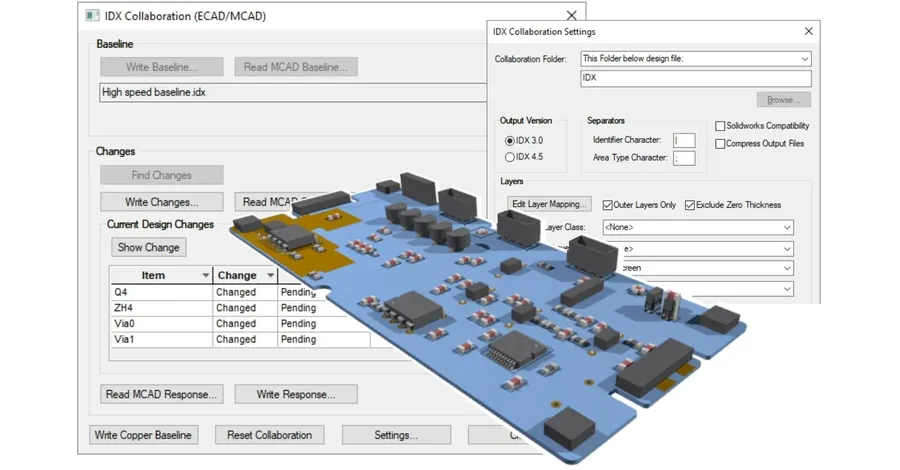
Securing the best possible price for Pulsonix involves a strategic approach that goes beyond the initial quote. By understanding licensing options, timing your purchase, and leveraging available resources, significant cost reductions are achievable. These are some effective strategies.
- Choose the Right License
Carefully evaluate your project requirements to avoid over-purchasing features you may not need. Pulsonix offers different license levels (node-locked, network), and pin limits. Selecting the appropriate fit ensures you're not paying for unnecessary capabilities. For example, a smaller design may not need the highest pin-count license. - Take Advantage of the Trial Period
Utilize the free trial to thoroughly assess Pulsonix. This hands-on experience can validate if the software meets all your requirements before committing to a purchase. If you have any issues or find the software lacks the feature that you need, it is better to find out earlier during the trial period. - Negotiate with Pulsonix Sales Representatives
Don't hesitate to negotiate. Sales representatives often have some flexibility, especially for multiple license purchases or when bundled with other services. Building a relationship with your sales rep may also help you get the latest information on the special promotion or discounts available. - Time Your Purchase Strategically
Software vendors may offer promotions or discounts around fiscal year-end or during specific periods. Check with your sales representative about potential special deals at the end of the quarter or year. - Consider Educational or Startup Licenses
If applicable, check if you qualify for educational or startup discounts. Often, software companies will support education or small businesses by providing a special discount. If you fall into this category, it is worthwhile to explore. - Ask about Volume Discounts
If you anticipate needing multiple licenses, or know of a group in your company that may be interested in using the software, inquire about volume discounts. Many vendors provide significant price reductions for larger purchases.
Understanding Different Pulsonix Versions and their Impact on Pricing
Pulsonix offers different versions, each tailored to specific user needs and project complexities, which directly influences the software's cost. Understanding these variations is crucial for selecting the most cost-effective solution that still meets your technical requirements. This section elucidates how these different versions impact the software pricing structure.
| Pulsonix Version | Key Features | Typical Applications | Approximate Price Range (USD) | Impact on Pricing |
|---|---|---|---|---|
| Entry Level | Basic PCB design capabilities, limited pin count, suitable for small projects. | Small scale projects, hobbyists, education | $1,395 - $2,495 | Lowest cost, suitable for basic needs, limited scalability |
| Standard | Expanded features with increased pin count limits, enhanced routing capabilities. | Small to medium sized projects, standard complexity designs. | $2,595 - $3,995 | Medium cost, balance of features and price for most users |
| Professional | Full suite of tools, high pin counts, advanced routing and analysis capabilities, integration with other design tools. | Complex projects, advanced PCB designs, large-scale applications. | $4,095 - $4,950 | Highest cost, complete feature set for the most demanding applications |
| Additional Modules | Specialized capabilities such as signal integrity analysis, advanced routing. | Specific project requirements, detailed signal analysis and design | Variable, from hundreds to thousands depending on module | Add-ons increase the base price, catering to specific needs |
The version of Pulsonix you choose significantly impacts the software's cost. Entry-level versions are suitable for basic designs, offering a lower price point but with limited functionality. Standard versions provide a balance of features and cost for general use, while Professional versions offer the complete suite of advanced capabilities for complex designs but come with a higher price tag. Furthermore, the addition of specialized modules for simulation or advanced routing further increases the overall investment. Selecting the appropriate version aligns the software's capabilities with your design needs and budget.
Choosing the right PCB design software involves balancing your needs with the budget. Pulsonix provides a powerful solution with a range of prices depending on your specific licensing model, from initial purchases to annual maintenance. Understanding Pulsonix price structure, along with its pros and cons, will ensure that you're making an informed decision, getting the best value for your investment in PCB design software. Remember to explore all available options and consider the total cost of ownership, not just the initial Pulsonix price.
 AnyPCBA
AnyPCBA